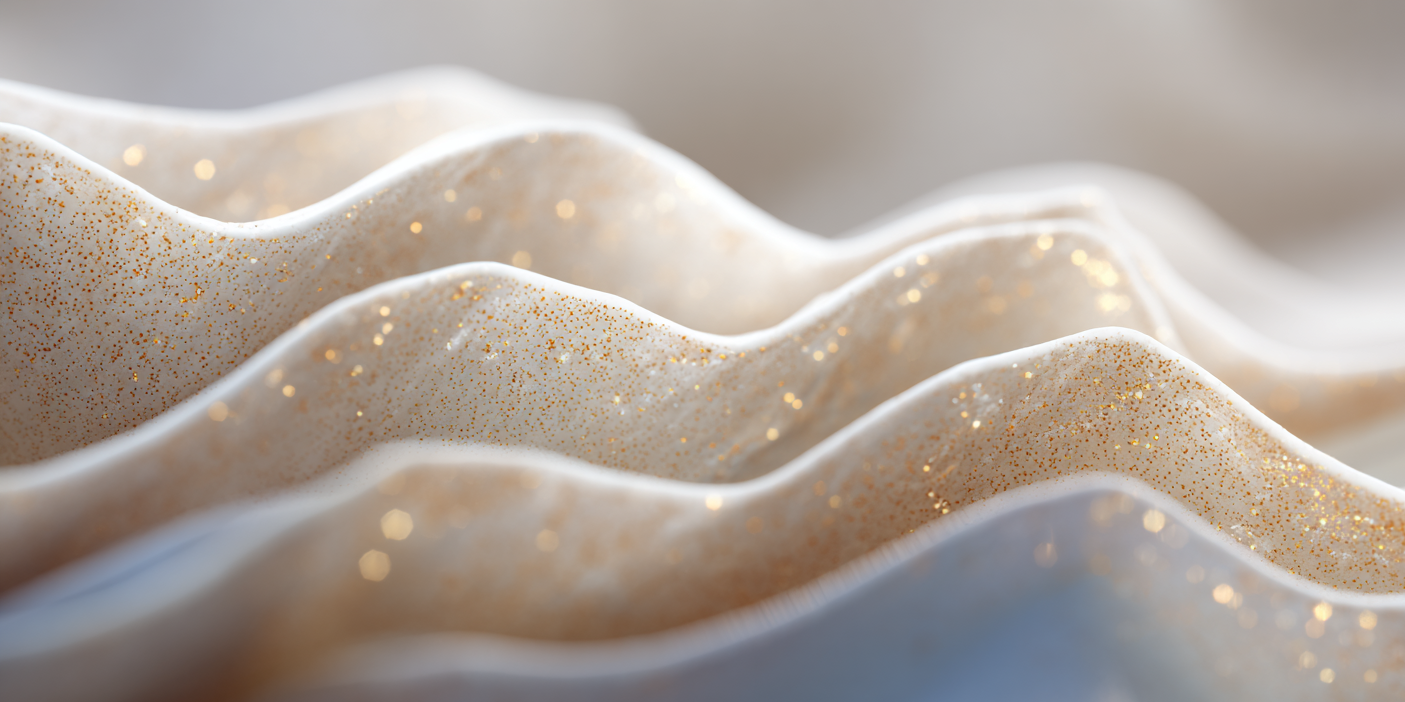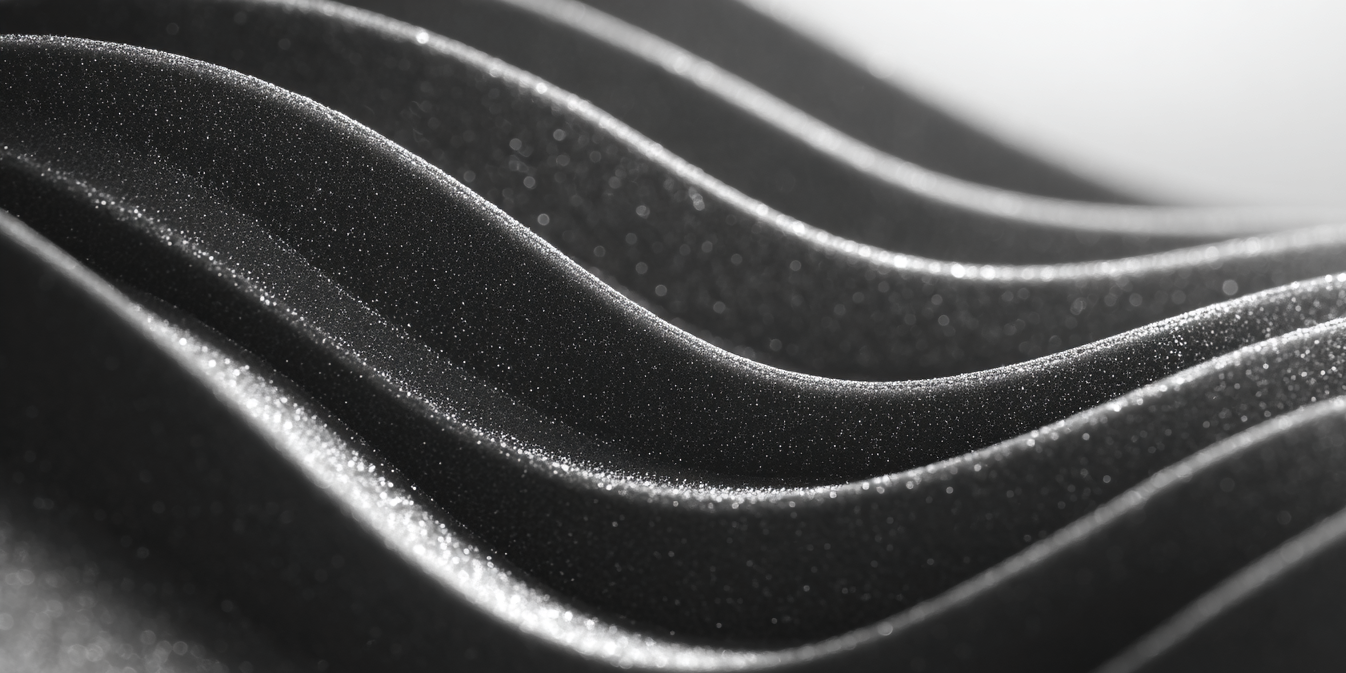Hydration first: prime the system
We typically wake up dehydrated. After a night without fluids, your first urine is typically the most concentrated pee of the day—one reason morning hydration can make a visible difference. Urine color is a validated, practical indicator of hydration status and changing daily water intake by roughly 4-5 cups shifts urine color by ~2 shades.
Meanwhile, the large intestine’s job includes absorbing remaining water and forming stool—and when transit is slow, more water is absorbed, leading to harder stool. Practically: a glass (or two) of water on waking can help keep things moving and soften what’s already there.
With Throne, your morning hydration habit becomes visible in your hydration trends within hours of waking up, and stool patterns appear over the course of days, so you can see whether “water on waking” actually correlates with easier, more regular BMs for you.
Move a little: wake the gut
Even a little movement – a short walk, some stretches, a few yoga poses – helps wake up your gut. Research shows that moderate exercise like jogging or cycling can speed up the time it takes food to move through your system.
Your gut also has a built-in wake-up call, called the gastrocolic reflex: when you eat or drink, the stretching of your stomach signals your colon to get moving. And if you’re a coffee drinker, you already know the punchline – both regular and decaf coffee have been shown to spark colon contractions within minutes in certain people, while hot water alone doesn’t do the trick.
Build a breakfast that supports regularity
Fiber is your friend. Across randomized and controlled studies, increasing dietary fiber increases stool frequency, reducing constipation. Aim for a breakfast that’s fiber-forward (oats, fruit, chia, whole-grain toast) with some protein and healthy fats for balance.
We suggest pairing your morning meal with what shows up in the bowl. If “oats + berries” consistently precedes a Type 3–4 on the Bristol Scale while a pastry doesn’t, you’ll see that pattern appear in your Throne data.
Keep a steady rhythm (your gut loves consistency)
The gut runs on clocks, too. GI functions – including motility – are regulated by circadian rhythms, and most people have bowel movements in the morning and rarely at night. A regular wake time, consistent hydration, and a predictable first meal reinforce that rhythm to keep you running like trains in Japan.
Troubleshooting quick hits
- No luck by late morning? Check hydration first; then try swapping the order (e.g., water → walk → breakfast → coffee).
- Coffee doesn’t move the needle? You may be a non-responder (seen in the Brown et al. study). Try warm food plus movement.
- Weekend slump? Keep your wake time and first-hour playbook similar.
- Traveling? Prioritize water and a short walk before breakfast; use Throne to watch your rhythm reset.
The bottom line
Small, consistent morning choices—hydrate, move, and eat a fiber-forward breakfast—stack the deck for a smoother first trip to the bathroom. Throne turns those experiments into evidence by showing you how your inputs shape your outcomes. That’s the point: fewer mysteries, more predictable mornings.
This article is for informational purposes only and is not intended to provide medical advice. Throne is not a medical device and does not diagnose, treat, cure, or prevent any disease.





